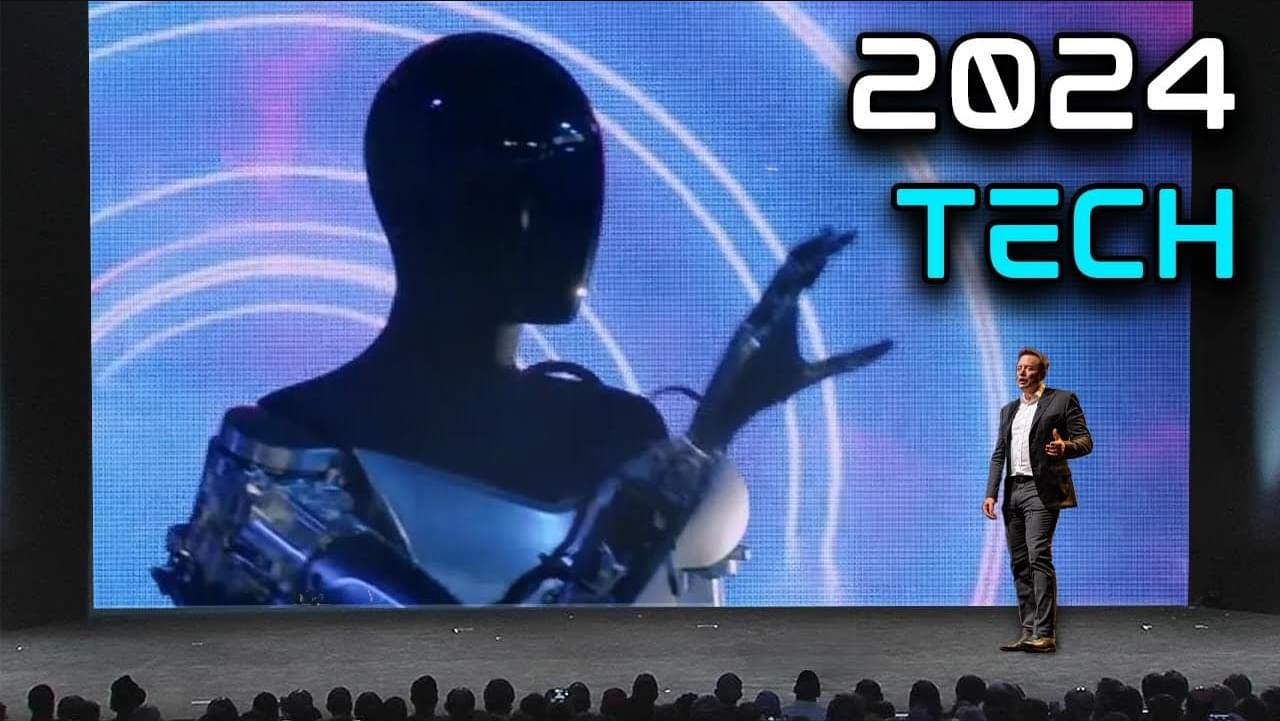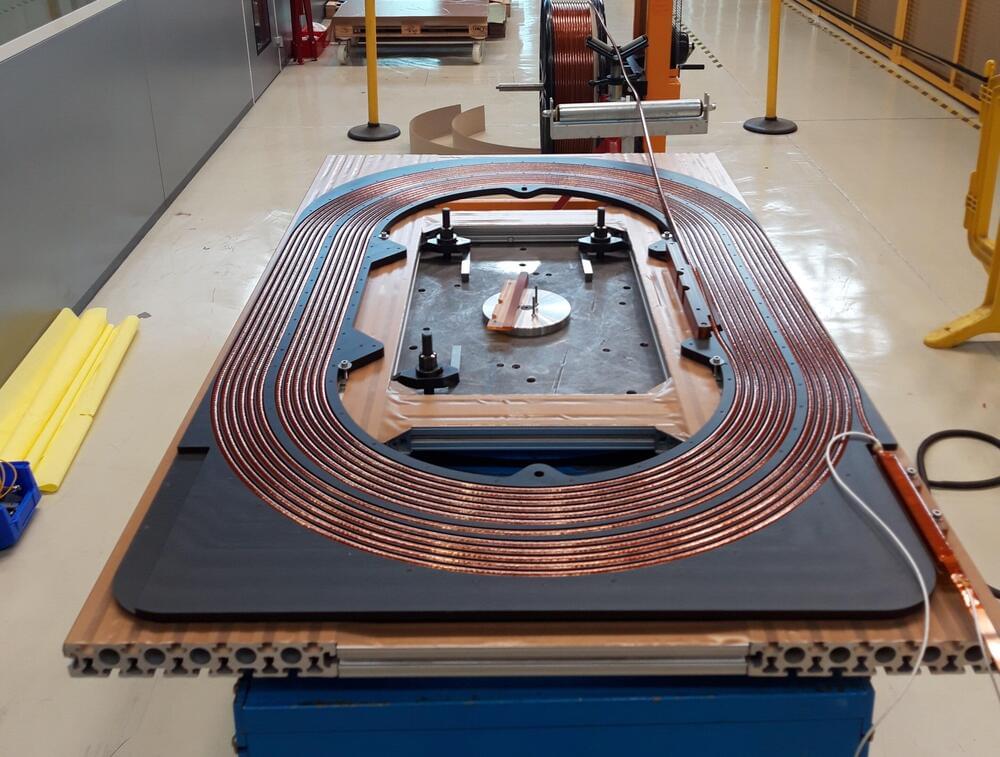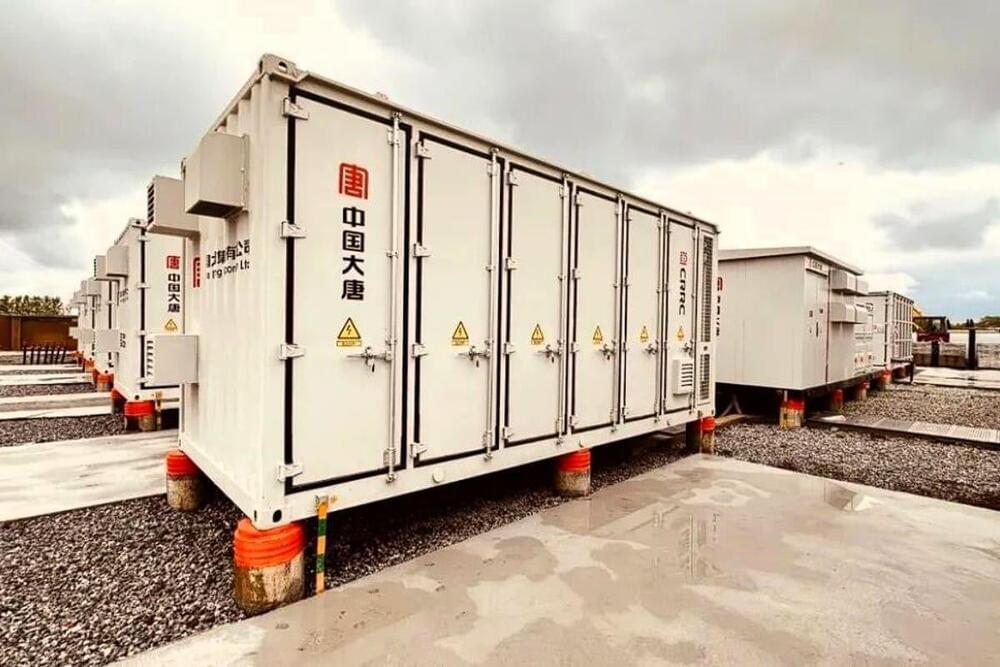Jul 10, 2024
New method achieves tenfold increase in quantum coherence time via destructive interference of correlated noise
Posted by Saúl Morales Rodriguéz in categories: innovation, quantum physics
Researchers have developed a new method to significantly enhance quantum technology performance by using the cross-correlation of two noise sources to extend coherence time, improve control fidelity, and increase sensitivity for high-frequency sensing. This innovative strategy addresses key challenges in quantum systems, offering a tenfold increase in stability and paving the way for more reliable and versatile quantum devices.
The work is published in the journal Physical Review Letters.
Researchers have made a significant breakthrough in quantum technology by developing a novel method that dramatically improves the stability and performance of quantum systems. This pioneering work addresses the longstanding challenges of decoherence and imperfect control, paving the way for more reliable and sensitive quantum devices.


















